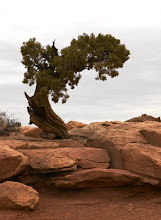German Raven Jakob~Intelligence Equals Destruction?

We continue with our discussion on Bernd Heinrich's book Mind of the Raven today at Stone Cup Cafe from 8:30 - 10 a.m.
Is Konrad Lorenz right when he said, "The capacity of an animal to cause damage is proportional to its intelligence"? If so, humans are certainly very intelligent!
And if so, the German raven that Bernd Heinrich visits in Oberhausen is quite intelligent. Jakob is that raven, who rules the roost of an apartment living room. Klaus, Jakob's owner (servant?), cares for the raven. Here's an observation by Heinrich on visiting Jakob and Klaus:
Klaus told me that whenever he gets mail, Jakob demands to have his fair portion of it. Although he is never denied, he hops around violently, giving loud frustration calls when his keeper comes into the room with a handful of mail and doesn't immediately deliver some to him. As soon as Jakob is handed a few pieces of junk mail, he quiets down and gets busy shredding them into little pieces.


